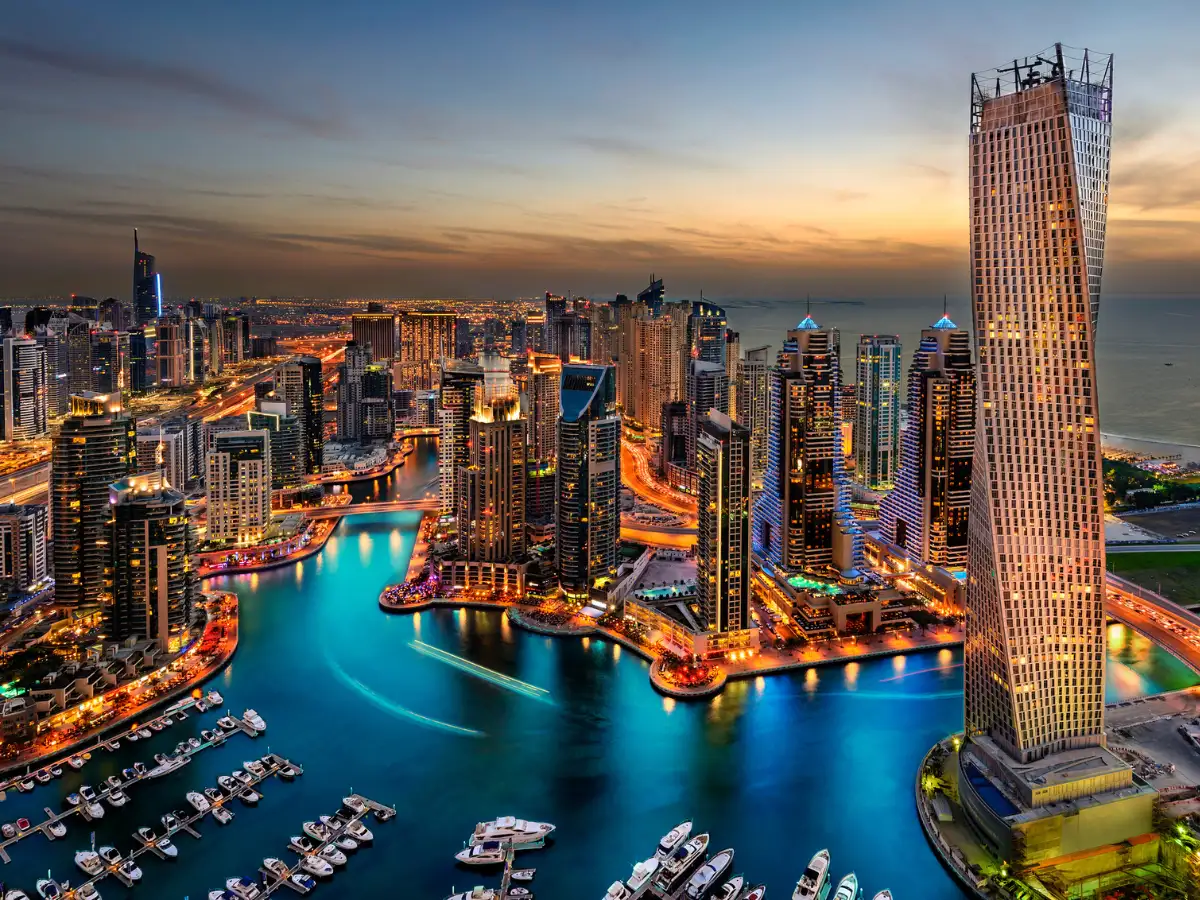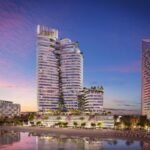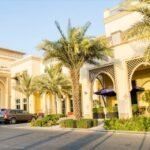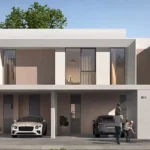Now Reading: 7 Key Freehold Zone Updates for International Buyers in 2025
-
01
7 Key Freehold Zone Updates for International Buyers in 2025
7 Key Freehold Zone Updates for International Buyers in 2025
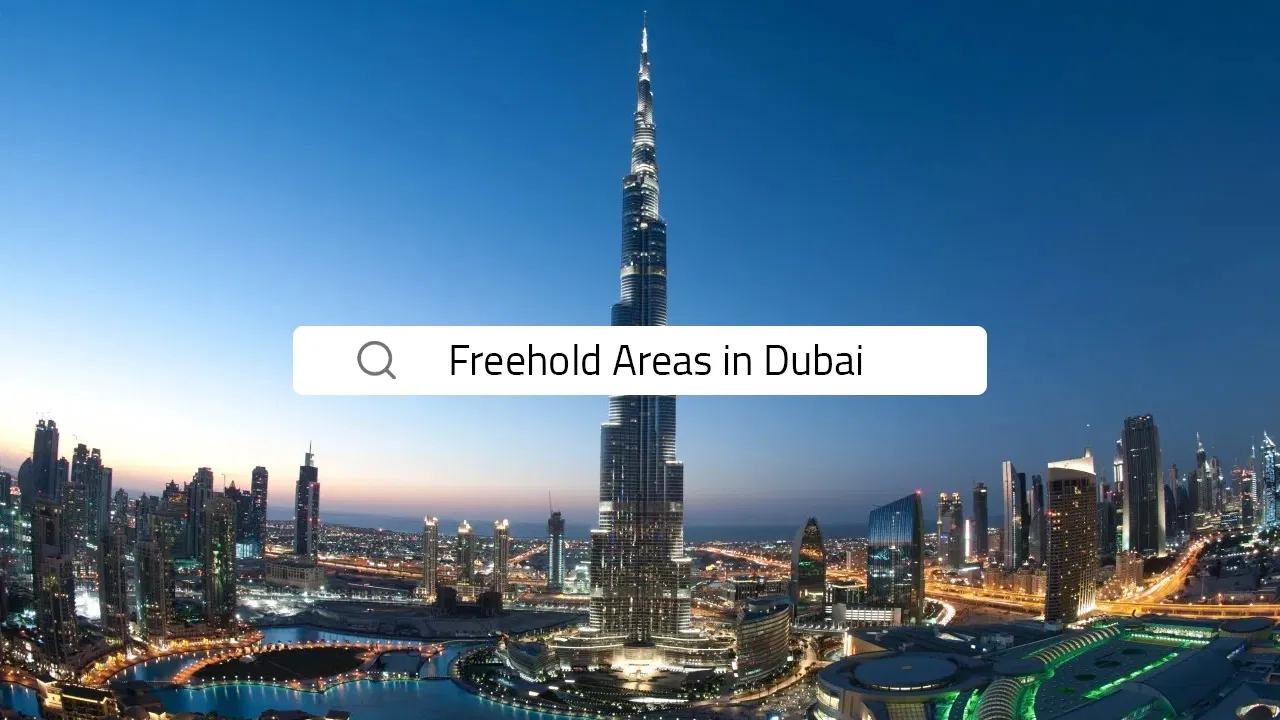
Table of Contents
Freehold Zone: The UAE’s real estate market, valued at AED 761 billion ($207 billion) in 2024 with 170,992 transactions (up 40.3%), remains a global investment hub, per X posts. Dubai and Abu Dhabi, contributing 5–7% to UAE GDP, saw 42,000 sales worth AED 114.4 billion in Q1 2025, per Arabian Business. Freehold zones, allowing full ownership by foreigners since 2002, drive demand with 6–11% rental yields, no capital gains tax (CGT), and Golden Visa eligibility (AED 2 million investment).
International buyers, especially from Europe, Asia, and North America, fuel 60% of off-plan sales, per DAMAC Properties. This article outlines seven key freehold zone updates for 2025, focusing on regulatory, market, and investment changes for U.S. investors, with tax considerations, without external links.
Why Freehold Zones Attract International Buyers?

Freehold zones, governed by Law No. 7 of 2006 in Dubai and Law No. 19 of 2005 in Abu Dhabi, grant foreigners perpetual ownership of property and land, unlike leasehold’s 99-year limit. With 5–8% annual price growth and 18% short-term rental surge projected for 2025, per DAMAC, these zones offer:
- High ROI: Yields of 6–9% in Dubai Marina, JVC, and Palm Jumeirah, outpacing U.S. markets (4–6%).
- Tax Benefits: No UAE CGT; 9% Corporate Tax (CT) above AED 375,000 ($102,000) offset by IRS Form 1116 credits.
- Residency: AED 2 million investments qualify for 10-year Golden Visas, enabling family sponsorship.
- Demand: 76,000 new units in 2025 fall short of 5.8 million population needs, per Bayut.
Below are seven critical updates for 2025.
7 Key Freehold Zone Updates for International Buyers in 2025
1. Sheikh Zayed Road and Al Jaddaf Freehold Conversion
Private property owners along Sheikh Zayed Road (Trade Centre to Dubai Canal) and Al Jaddaf can now convert leasehold to freehold status, open to all nationalities, per Dubai Land Department (DLD) rules effective January 2025. A 30% valuation-based conversion fee applies, per Dubai Rest app.
- Impact: Boosts property values by 10–15% in prime locations; attracts high-end developers for redevelopment.
- U.S. Tax Consideration: Adjusted basis reported on IRS Form 8949; conversion fees capitalize into cost basis.
- Action: Verify eligibility via DLD’s Dubai Rest app; target Emaar’s Sheikh Zayed Road properties (6–8% yields).
2. Sharjah Expands Freehold Ownership
Sharjah, with 10,809 transactions worth AED 18.2 billion in H1 2024 (up 64%), now allows non-GCC nationals full ownership in select freehold zones like Muwailih Commercial, per Emirates.Estate. Properties like Nesba 1 (completion Q4 2025) offer 7–9% yields.
- Impact: Affordable villas (AED 1.5 million) attract mid-income investors; diversifies UAE investment beyond Dubai/Abu Dhabi.
- U.S. Tax Consideration: Rental income reported on IRS Form 1040, Schedule E; deductible maintenance fees.
- Action: Invest in Nakheel’s Sharjah off-plan projects, ensuring SRERD registration.
3. Enhanced AML Compliance for Freehold Purchases
Post-FATF Grey List removal in April 2024, the UAE tightened AML rules for freehold transactions. All buyers face enhanced KYC checks, source-of-funds verification, and ultimate beneficial owner (UBO) disclosure, per Greenberg Traurig. Fines up to AED 500,000 apply for non-compliance.
- Impact: Delays high-value purchases in Downtown Dubai (6–8% yields) but ensures market integrity.
- U.S. Tax Consideration: Report assets over $50,000 on IRS Form 8938; FinCEN Form 114 for accounts over $10,000.
- Action: Hire RERA-registered advisors like KGRN; prepare six months’ bank statements for AML audits.
4. Abu Dhabi Freehold Zone Expansion
Abu Dhabi’s 2019 freehold reforms now include Saadiyat Island (Louvre Abu Dhabi) and Yas Island (Yas Marina Circuit), offering 5–7% yields, per Horizon Properties. Aldar Properties reported 20% sales growth to foreigners in 2024.
- Impact: Luxury villas (AED 3–5 million) attract affluent buyers; Golden Visa eligibility enhances appeal.
- U.S. Tax Consideration: Capital gains on Form 8949; deductible management fees on Schedule E.
- Action: Target Aldar’s Saadiyat Island projects, verifying DMT registration.
5. Smart Rental Index Implementation

Dubai’s DLD introduced a smart rental index in January 2024, standardizing rents across freehold zones like Dubai Marina (6.5–8% yields) based on 60+ factors (location, amenities). In 2025, it expands to JVC and Dubai South, per MSK Real Estate.
- Impact: Stabilizes rental income; increases transparency, boosting tenant demand by 10–15%.
- U.S. Tax Consideration: Rental income on Form 1040, Schedule E; deductible property taxes on Schedule A.
- Action: List properties on Bayut using index-compliant pricing; target Emaar’s Dubai South units.
6. Mortgage Financing Restrictions
From February 2024, the UAE Central Bank barred banks from financing DLD fees (4%) and broker commissions (2%), increasing upfront costs for freehold purchases in Business Bay (6.5–8% yields). Buyers need 6–8% cash for a AED 2 million property, per MSK Real Estate.
- Impact: Favors cash buyers; may slow mortgage approvals by 5–10% but ensures market stability.
- U.S. Tax Consideration: DLD fees capitalize into basis on Form 8949; non-deductible broker fees.
- Action: Budget 30–35% down payment plus fees; compare Emirates NBD and HSBC mortgage offers.
7. Ras Al Khaimah Freehold Growth
Ras Al Khaimah’s freehold zones, like Al Hamra Village and Mina Al Arab, offer affordable villas (AED 1–2 million) with 6–8% yields, per Horizon Properties. RAK Properties’ 2025 projects align with tourism growth, expecting 18% rental demand.
- Impact: Emerging hotspot for budget-conscious investors; complements Dubai’s luxury market.
- U.S. Tax Consideration: Report income on Form 1040, Schedule E; deductible upgrades on Schedule E.
- Action: Invest in RAK Properties’ off-plan units, ensuring RAK DED registration.
Key Considerations for U.S. Investors
- Risks:
- Oversupply: 76,000 units in 2025 may soften non-prime prices by 5–10%, per Fitch.
- AML Delays: Enhanced KYC may extend transaction times by 7–14 days.
- Rate Hikes: EIBOR rises could increase mortgage rates by 0.5–1%.
- Tax Compliance: Report UAE income on IRS Form 1040, CT credits on Form 1116, assets on Form 8938 ($50,000+), and accounts on FinCEN Form 114 ($10,000+). UAE’s 5% VAT and 9% CT apply above AED 375,000.
- Regulatory Compliance: RERA and DLD mandate permits; AML fines up to AED 500,000. Verify developer approvals.
- Currency Stability: AED pegged at 1 USD = 3.67 minimizes exchange risk.
Conclusion
In 2025, UAE freehold zones evolve with Sheikh Zayed Road conversions, Sharjah’s expansion, tighter AML rules, Abu Dhabi’s growth, smart rental indices, mortgage restrictions, and Ras Al Khaimah’s rise. These updates enhance Dubai, Abu Dhabi, Sharjah, and RAK’s appeal, offering 6–11% yields and Golden Visa benefits. U.S. investors, leveraging no CGT and IRS deductions, can capitalize by targeting RERA-registered developers (Emaar, Nakheel, Aldar) and ensuring compliance. As the UAE’s $207 billion market grows, these changes solidify its status as a premier real estate destination. freehold
read more: Dubai Real Estate: 5 Top Reasons Foreigners Invest in 2025



